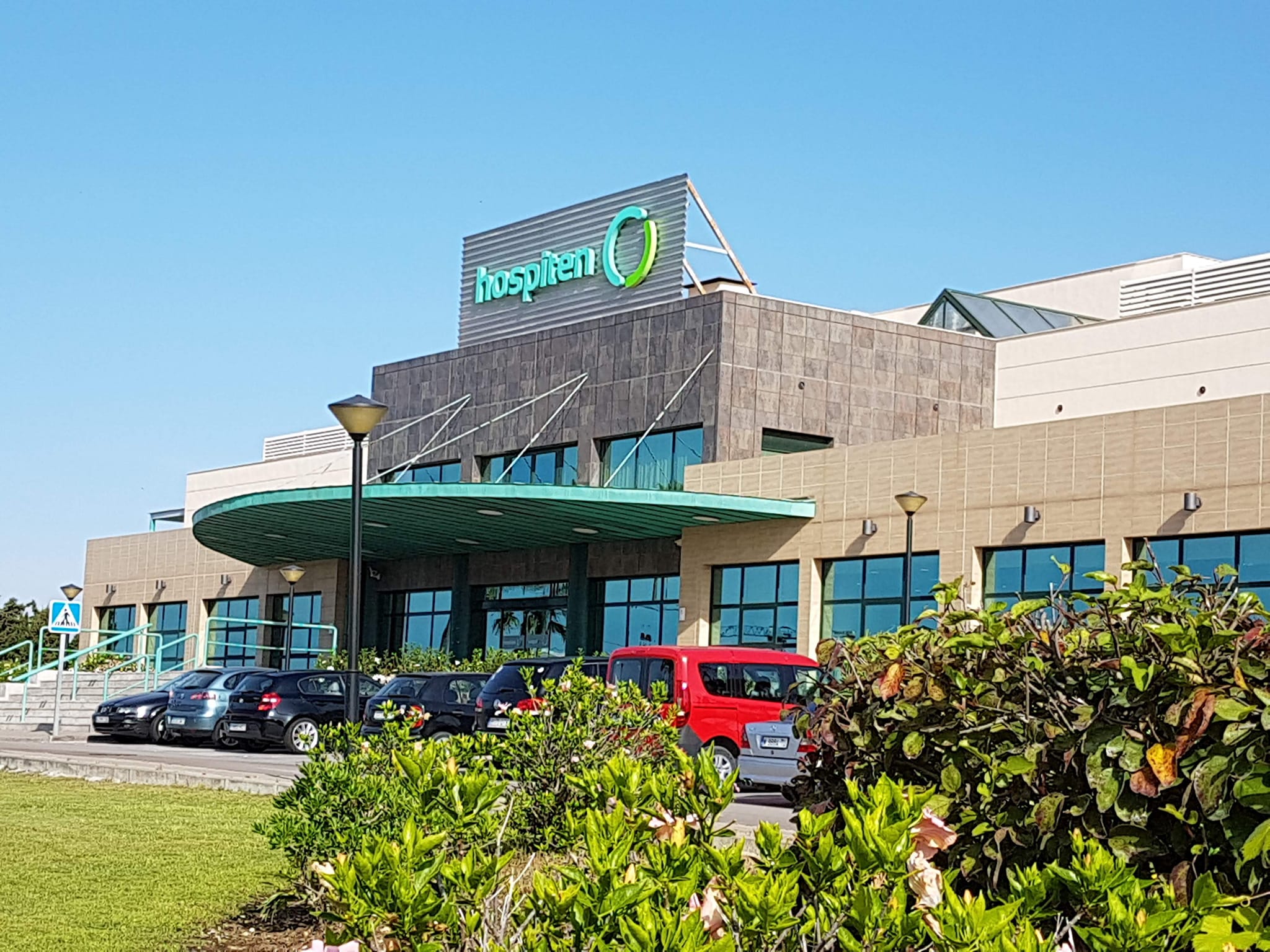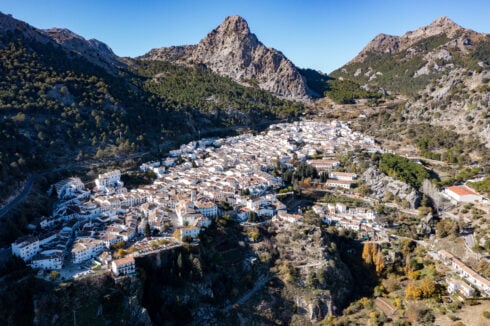IT is not simply a question of aesthetics…Varicose veins are a health problem that, if left untreated, can progress to a much more serious disease.
Called Chronic venous insufficiency (CVI) its complications affect an increasingly younger segment of the population.
Dr. Alfonso Martín, a specialist in Vascular Surgery at Hospiten Estepona, explains that varicose veins and spider veins are a common problem affecting 40% of the population. And it’s a particular problem for women.
Vascular disease occurs when the valves stop working properly, causing blood to flow in reverse and pool up in the veins of the lower legs.
The main objective of the treatment is to reduce or stop this reverse flow and improve the patient’s quality of life, as well as reducing the risk of complications (including ulcerations, phlebitis or bleeding).

The aesthetic issue is also often of key importance.
Currently there are a variety of minimally invasive techniques without the need for surgery and needing simple, outpatient care.
Done in an almost pain-free technique the surgery is much less aggressive than conventional surgery, while the risks are far lower.
Glue Ablation Technique (cyanoacrylate)
A non-surgical treatment with biological adhesive, guided and controlled by ultrasound at all times. A minimally invasive technique, it requires only local anesthetic and does not require rest or compression stockings, so the patient can continue with their daily lives.
Eco-guided Foam Chemical Ablation Technique with Catheter
Catheter and ultrasound-guided foam sclerotherapy is a safe and effective method for many vein problems.
The procedure is based on the injection of a microfoam medication through a specifically located catheter under ultrasound, which displaces the blood from the veins.
Like the glue system, it is a minimally invasive, outpatient procedure that requires only local anesthesia and does not require rest.
The post-procedure stage is generally very bearable, without the need to wear compression stockings, and with immediate return to normal activities.
Although a few patients may experience pain in the treated area, which is easily controlled with anti-inflammatory medicine.
Endovascular thermal ablation using: Elves® Radial Endolaser (Hospiten Estepona)
Thermal ablation using an endolaser is one of the best treatments for eliminating varicose veins. It usually only needs one session and is minimally invasive.
A laser is introduced into the vein, via a catheter, which collapses the varicose vein in a permanent way.
The postoperative period is very short and does not require hospitalization, and you can return to normal activity after a few days.

Advantages:
- Excellent long-term results
- No incisions
- Very short postoperative period
- Does not require hospital admission
- Return to normal activity in a few days
All treatments are much more than aesthetic procedures, and it is essential to address them as a health problem that significantly affects patients quality of life.
They not only offer an outpatient, non-surgical solution, but also allow patients to quickly return to their normal routine.
With a focus on health and well-being, Hospiten Estepona provides comprehensive and personalized care.
The key lies in early detection, specialized evaluation and careful selection of the appropriate treatment.
For more information visit www.hospiten.com or email estepona@hospiten.com or call 00 34 952 76 06 00








